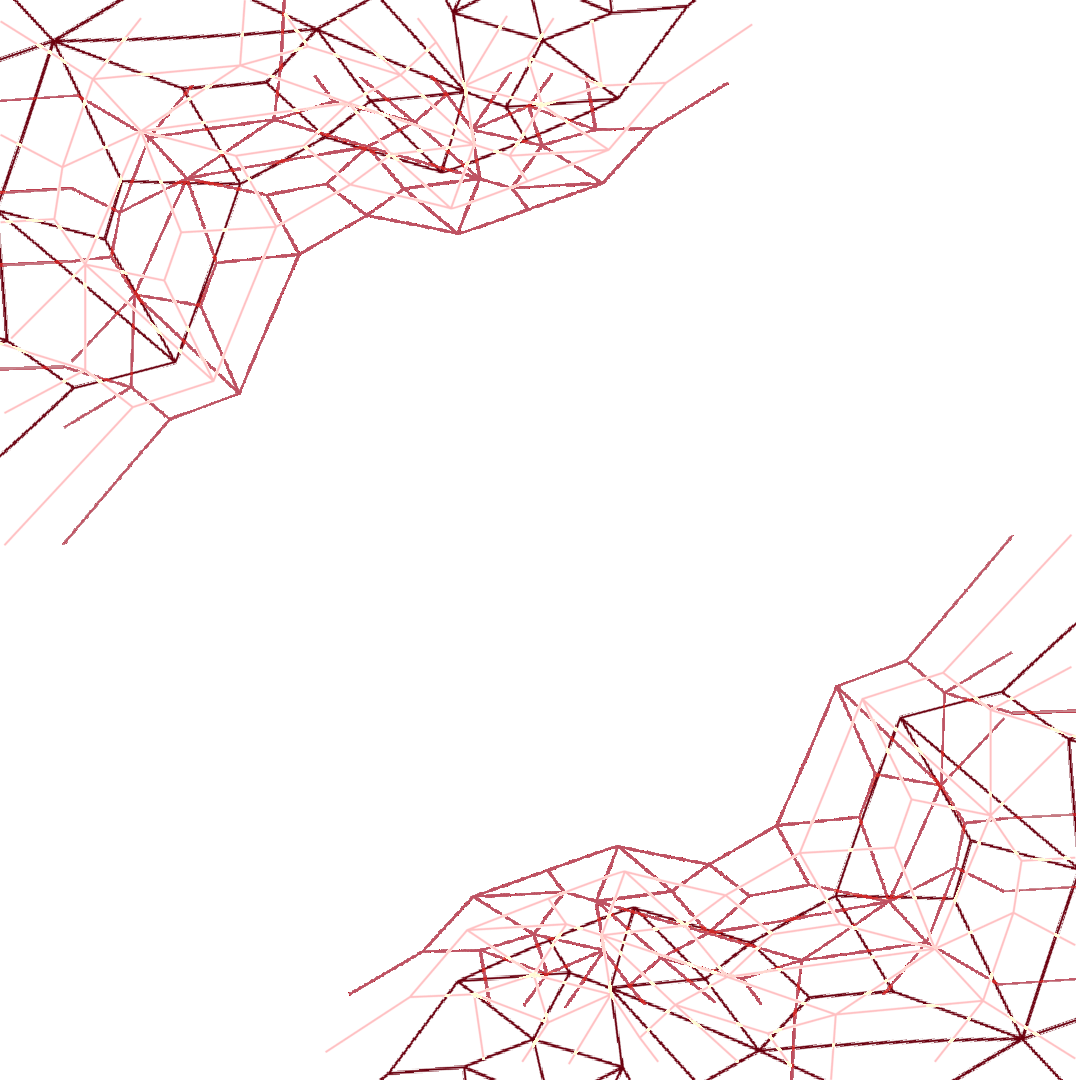
Published on Journal of The American Chemical Society (4 April 2021)
Author(s): Angela Sin-Yee Law, Lawrence Cho-Cheung Lee, Kenneth Kam-Wing Lo*, Vivian Wing-Wah Yam*
Abstract
As an important nuclear substructure, the nucleolus has received increasing attention because of its significant functions in the transcription and processing of ribosomal RNA in eukaryotic cells. In this work, we introduce a proof-of-concept luminescence assay to detect RNA and to accomplish nucleolus imaging with the use of the supramolecular self-assembly of platinum(II) complexes. Noncovalent interactions between platinum(II) complexes and RNA can be induced by the introduction of a guanidinium group into the complexes, and accordingly, a high RNA affinity can be achieved. Interestingly, the aggregation affinities of platinum(II) complexes enable them to display remarkable luminescence turn-on upon RNA binding, which is a result of the strengthening of noncovalent Pt(II)···Pt(II) and π–π stacking interactions. The complexes exhibit not only intriguing spectroscopic changes and luminescence enhancement after RNA binding but also specific nucleolus imaging in cells. As compared to fluorescent dyes, the low-energy red luminescence and large Stokes shifts of platinum(II) complexes afford a high signal-to-background autofluorescence ratio in nucleolus imaging. Additional properties, including long phosphorescence lifetimes and low cytotoxicity, have endowed the platinum(II) complexes with the potential for biological applications. Also, platinum(II) complexes have been adopted to monitor the dynamics of the nucleolus induced by the addition of RNA synthesis inhibitors. This capability allows the screening of inhibitors and can be advantageous for the development of antineoplastic agents. This work provides a novel strategy for exploring the application of platinum(II) complex-based cell imaging agents based on the mechanism of supramolecular self-assembly. It is envisaged that platinum(II) complexes can be utilized as valuable probes because of the aforementioned appealing advantages.

Read more: https://doi.org/10.1021/jacs.0c13327
